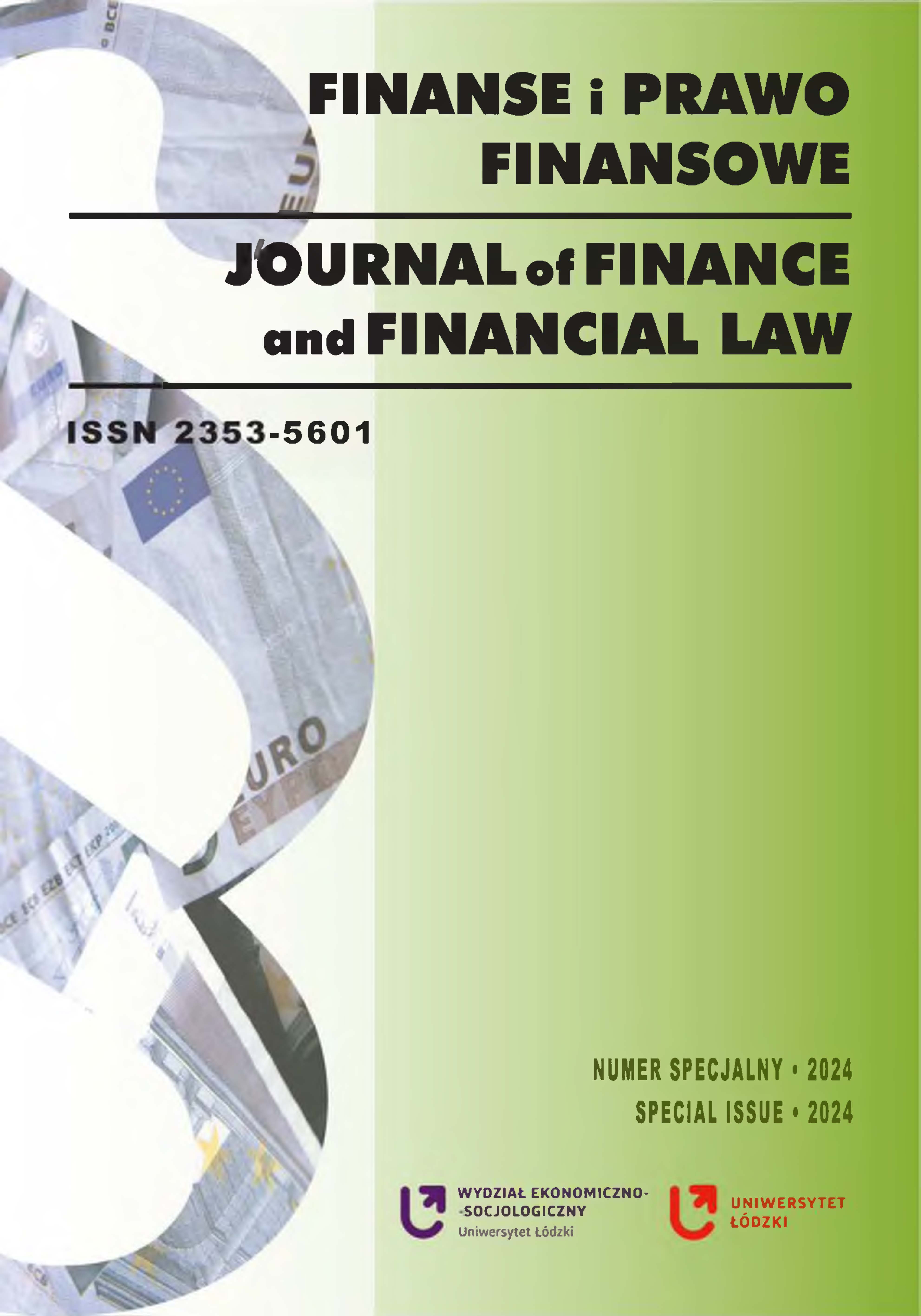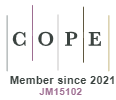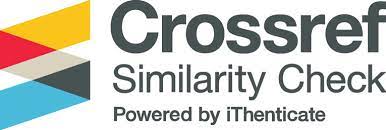Greening the Economy in Afghanistan – Role of the Critical Mineral Mining Industry
DOI:
https://doi.org/10.18778/2391-6478.S1.2024.01Keywords:
Afghanistan, Uzbekistan, Central Asia, green economy, energy, climate change, regional cooperationAbstract
This article explores the current state and future prospects of developing a green economy in Afghanistan, focusing on renewable energy and fossil resources. It also examines regional cooperation and Afghanistan’s politico-economic relations with its neighbors, especially Uzbekistan.
Afghanistan has a significant potential for a green economy due to its reserves of lithium and rare earth metals, essential for modern green technologies. The country is rich in renewable energy resources, which could address environmental challenges, reduce fossil fuel dependence, and create new economic opportunities. This study looks into renewable energy infrastructure, sustainable agriculture, and related challenges and opportunities.
The paper starts by providing a literature review which analyzes the data on Afghanistan’s geology, economy, and environmental issues. It conducts stakeholder analysis by collecting data on perceptions and expectations from local communities, environmental organizations, and industry experts. The analysis is conducted through reviewing the current mining sector policies and comparing them with successful international models to propose policy reforms.
Key areas for development include expanding renewable energy infrastructure, such as solar and wind power projects, and promoting sustainable agriculture practices. International organizations and donors are supporting these initiatives.
In conclusion, Afghanistan’s transition to a green economy is viable and beneficial, requiring sustained efforts from the government, international partners, and the private sector. Strategic investments and cooperation can unlock the full potential of Afghanistan’s green economy, contributing to sustainable development and environmental protection.
Downloads
References
ADB – Asian Development Bank (2024). Afghanistan: Horticulture Value Chain Development Sector Project. https://www.adb.org/projects/51039-002/main [Accessed: 10.11.2024].
Google Scholar
Al-Jazeera (2024). Afghan opium cultivation bouncing back amid Taliban clampdown. https://www.aljazeera.com/news/2024/11/6/afghan-opium-cultivation-bouncing-back-amid-taliban-clampdown#:~:text=Afghanistan's%20opium%20poppy%20cultivation%20grew,and%20Crime%20(UNODC)%20said. [Accessed: 10.11.2024].
Google Scholar
atnNEWS (2022). Ministry of energy pushes ahead with plans to increase power output. Ariana News website. https://www.ariananews.af/ministry-of-energy-pushes-ahead-with-plans-to-increase-power-production/ [Accessed: 10.06.2024].
Google Scholar
BBC News (2021). Countless treasures of Afghanistan. Who will get copper, gold and lithium under the Taliban? (Originally in Russian: Несметные сокровища Афганистана. Кому достанутся медь, золото и литий при талибах?). https://www.bbc.com/russian/features-58330566 [Accessed: 10.06.2024].
Google Scholar
CabarAsia (2024). The Qosh Tepa Canal Being Built in Afghanistan Causes Water Shortages in Southern Uzbekistan. https://cabar.asia/en/the-qosh-tepa-canal-being-built-in-afghanistan-causes-water-shortages-in-southern-uzbekistan [Accessed: 10.11.2024].
Google Scholar
Cuiyun, Ch. and Chazhong, G. (2020). Green development assessment for countries along the belt and road. Journal of Environmental Management, Vol. 263 (110344).
Google Scholar
DOI: https://doi.org/10.1016/j.jenvman.2020.110344
Deloitte (2024). Vision for Enhanced Double Materiality Assessment Through Impact Measurement and Valuation. Company vision document. https://www2.deloitte.com/content/dam/Deloitte/nl/Documents/sustainability/deloitte-nl-sustainability-vision-for-enhanced-DMA-through-IMV.pdf [Accessed: 10.06.2024].
Google Scholar
DBPedia (n.d.). About: Energy in Afghanistan. DBPedia Encyclopedia. https://dbpedia.org/page/Energy_in_Afghanistan [Accessed: 10.06.2024].
Google Scholar
Drishtiias (2021). Rare Earth Metals and China’s Monopoly. Analytical website. https://www.drishtiias.com/daily-news-analysis/rare-earth-metals-and-china-s-monopoly/print_manually#:~:text=India%20has%20the%20world's%20fifth,of%20its%20supply%20from%20China [Accessed: 10.06.2024].
Google Scholar
IRENA (2020). Afghanistan – Energy profile. https://www.irena.org/-/media/Files/IRENA/Agency/Statistics/Statistical_Profiles/Asia/Afghanistan_Asia_RE_SP [Accessed: 10.06.2024].
Google Scholar
IRENA (2021). Critical minerals for the energy transition. Technical paper No.5/2021. https://www.irena.org/Technical-Papers/Critical-Materials-For-The-Energy-Transition [Accessed: 10.06.2024].
Google Scholar
Luong, J.H.T., Tran, C. and Ton-That, D. (2022). A Paradox over Electric Vehicles, Mining of Lithium for Car Batteries. Energies, Vol. 15(21). https://doi.org/10.3390/en15217997.
Google Scholar
DOI: https://doi.org/10.3390/en15217997
Oral, H.V., Kakar, A.E. and Saygin, H. (2021). Feasible industrial sustainable development strategies for the Herat Province of Afghanistan. Technology in Science, Vol. 65 (101603).
Google Scholar
DOI: https://doi.org/10.1016/j.techsoc.2021.101603
Reuters (2023). Green industries could be worth $10.3 trln to economy by 2050 – study. https://www.reuters.com/business/sustainable-business/green-industries-could-be-worth-103-trln-economy-by-2050-study-2023-01-10/ [Accessed: 10.06.2024].
Google Scholar
Shroder, J.F. (2015). Progress with Afghanistan extractive industries: Will the country know resource success or failure evermore? The Extractive Industries and Society, Vol.2, pp. 265–275.
Google Scholar
DOI: https://doi.org/10.1016/j.exis.2015.01.001
Trading Economics (2024a). Afghanistan – Employment in Afghanistan. https://tradingeconomics.com/afghanistan/employment-in-agriculture-percent-of-total-employment-wb-data.html#:~:text=Employment%20in%20agriculture%20(%25%20of%20total%20employment)%20(modeled%20ILO%20estimate,compiled%20from%20officially%20recognized%20sources [Accessed: 10.11.2024].
Google Scholar
Trading Economics (2024b). Afghanistan – Agricultural land. https://tradingeconomics.com/afghanistan/agricultural-land-percent-of-land-area-wb-data.html [Accessed: 10.11.2024].
Google Scholar
Transport and Environment (2019). Cobalt from Congo: how to source it better. https://te-cdn.ams3.cdn.digitaloceanspaces.com/files/Cobalt_from_Congo_how_to_source_it_better_Final.pdf [Accessed: 10.06.2024].
Google Scholar
The Washington Post (2023). Rich lode of EV metals could boost Taliban and its new Chinese partners. https://www.washingtonpost.com/world/interactive/2023/ev-lithium-afghanistan-taliban-china/ [Accessed: 10.06.2024].
Google Scholar
Ulyev, L.M., Kanischev, M.V., Chibisov, R.E., Vasilyev, M.A. (2021). Heat Integration of an Industrial Unit for the Ethylbenzene Production. Energies, Vol. 14(3839).
Google Scholar
DOI: https://doi.org/10.3390/en14133839
UNEP (2011). Towards a Green Economy: Pathways to Sustainable Development and Poverty Eradication - A Synthesis for Policy Makers. https://sustainabledevelopment.un.org/content/documents/126GER_synthesis_en.pdf [Accessed: 10.06.2024].
Google Scholar
UNEP (n.d.). Green economy. https://www.unep.org/regions/asia-and-pacific/regional-initiatives/supporting-resource-efficiency/green-economy [Accessed: 10.06.2024].
Google Scholar
Downloads
Published
How to Cite
Issue
Section
License

This work is licensed under a Creative Commons Attribution-NonCommercial-NoDerivatives 4.0 International License.














